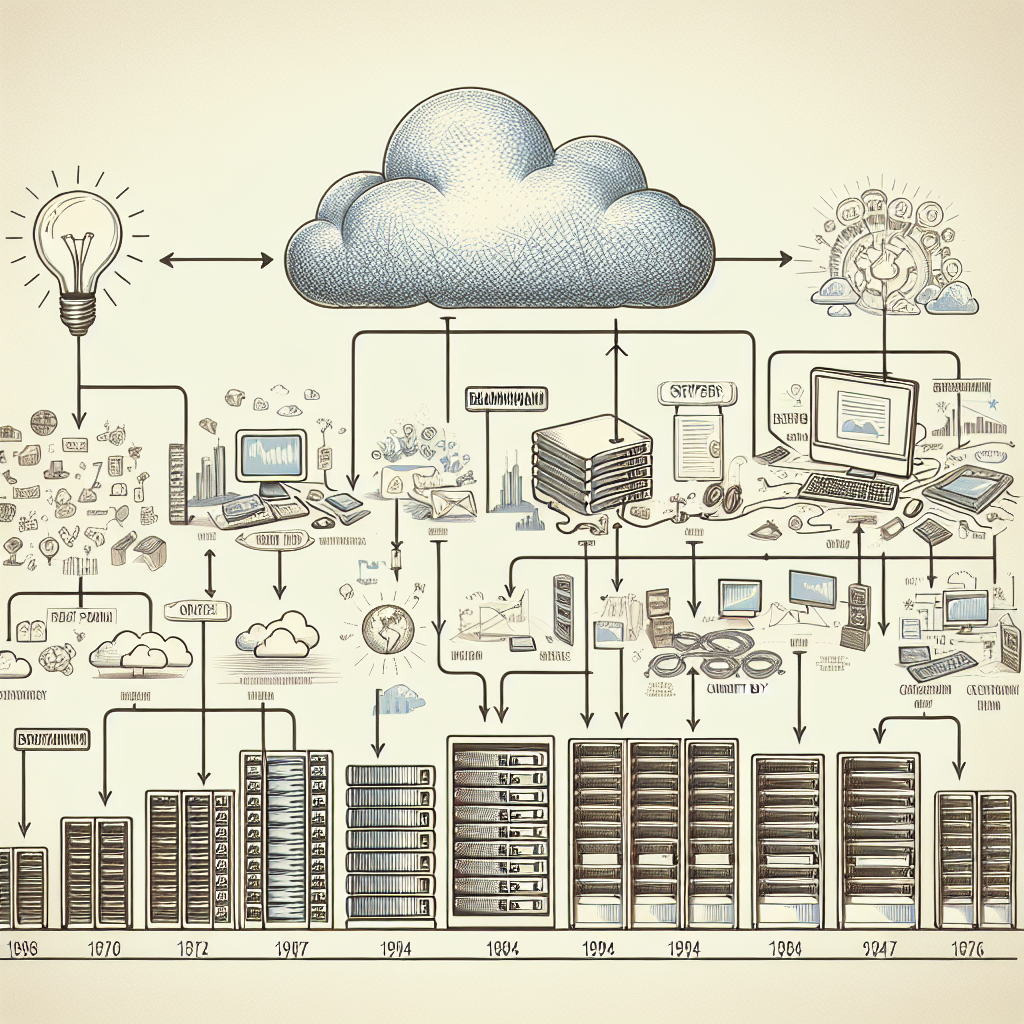The Evolution of Cloud Computing: From Concept to Reality
Cloud computing has revolutionized the way businesses operate and store data. What was once just a concept has now become a reality that is essential for companies of all sizes. The evolution of cloud computing has been a fascinating journey, from its early beginnings to its current state as a vital component of modern technology.
The concept of cloud computing can be traced back to the 1960s when computer scientist John McCarthy first proposed the idea of “computation being delivered as a public utility.” However, it wasn’t until the late 1990s and early 2000s that cloud computing began to gain traction. Companies like Amazon and Google started offering cloud services, allowing businesses to access computing power and storage remotely.
As technology continued to advance, the capabilities of cloud computing expanded. Virtualization technology enabled multiple virtual machines to run on a single physical server, increasing efficiency and scalability. The introduction of software as a service (SaaS) allowed companies to access software applications over the internet, eliminating the need for expensive on-premise installations.
Today, cloud computing has become ubiquitous in the business world. Companies can leverage the power of the cloud to store vast amounts of data, run complex applications, and collaborate with team members across the globe. The scalability and flexibility of cloud computing make it an attractive option for businesses looking to streamline their operations and reduce costs.
One of the key benefits of cloud computing is its ability to adapt to changing business needs. Companies can easily scale their computing resources up or down based on demand, allowing for greater flexibility and cost savings. Additionally, the cloud offers enhanced security measures to protect sensitive data and ensure compliance with industry regulations.
Looking ahead, the evolution of cloud computing shows no signs of slowing down. Emerging technologies like artificial intelligence and machine learning are being integrated into cloud services, providing businesses with even more powerful tools to analyze data and make informed decisions. The rise of edge computing, which processes data closer to the source, is also reshaping the way companies approach cloud computing.
In conclusion, the evolution of cloud computing has transformed the way businesses operate, from concept to reality. As technology continues to advance, the cloud will play an increasingly vital role in driving innovation and fueling growth. Companies that embrace cloud computing and adapt to its ever-changing landscape will be well-positioned to thrive in the digital age.


